Simplify System Design with Broadband MMIC Devices
Mercury's MMIC devices integrate multiple signal blocks to deliver higher functionality in a smaller footprint. To meet specific system design requirements and shrink footprints even further, MMIC products can also be combined into multi-chip modules (MCMs) and RF tuner modules.
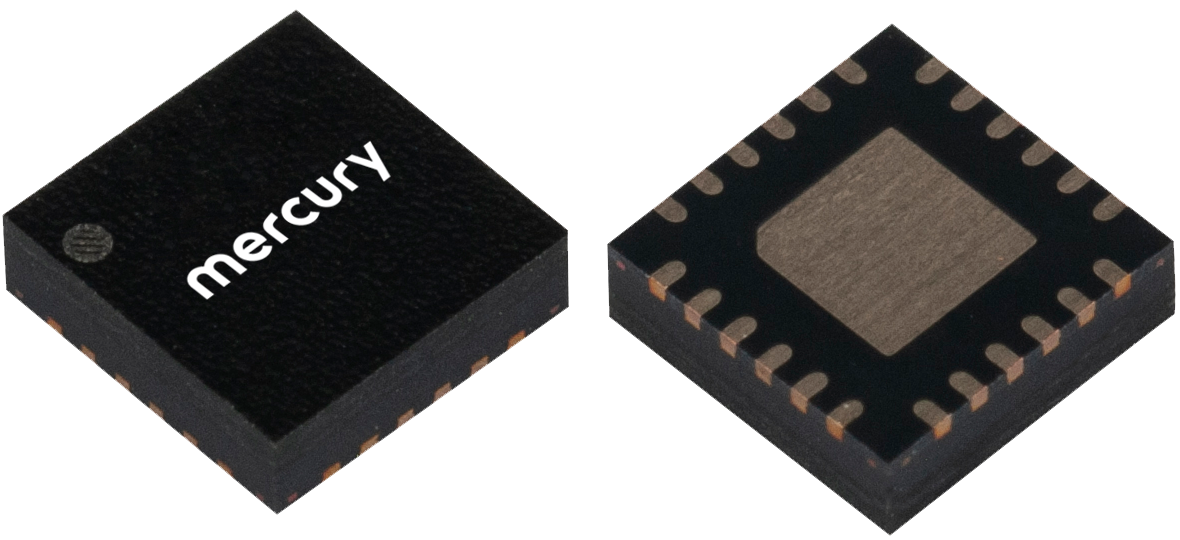
Explore Products
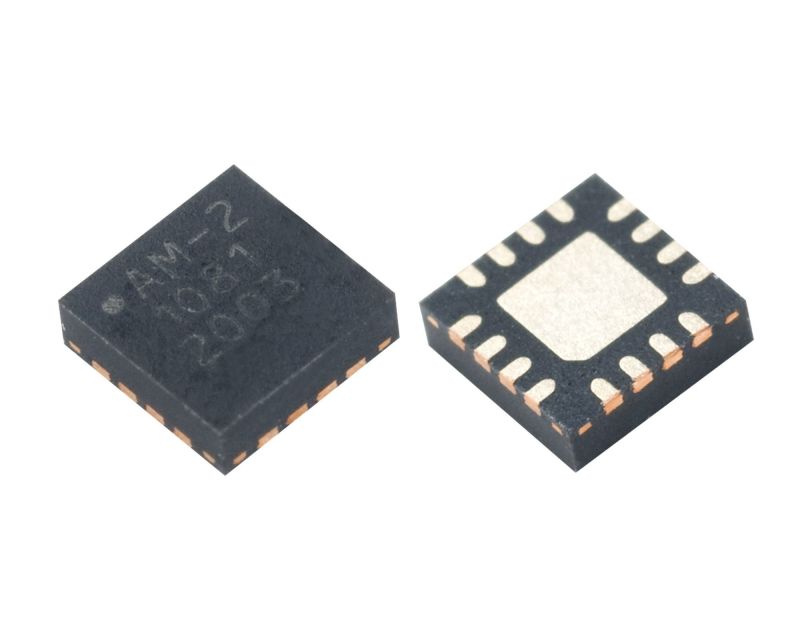
MMIC Amplifiers
Broadband RF amplifiers including bypassable, driver, gain equalizing, and low noise gain block.
View Products
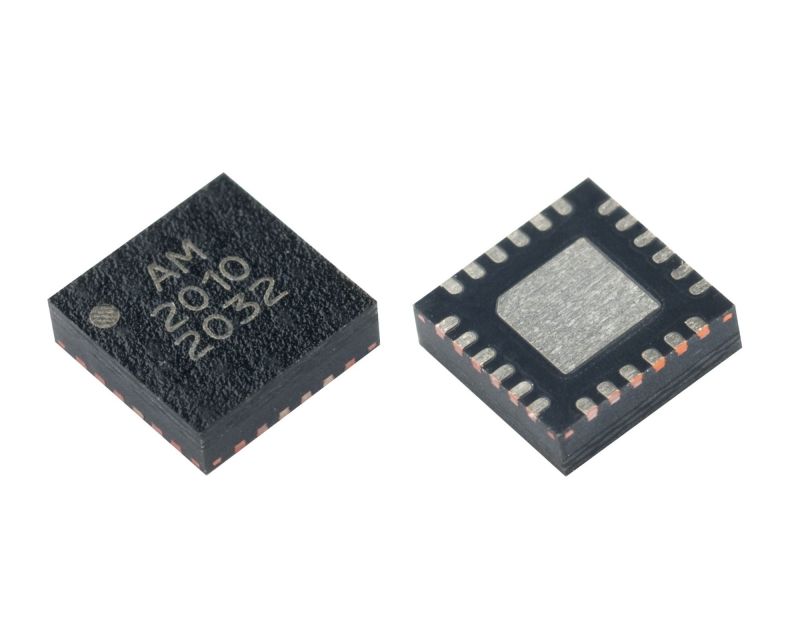
MMIC Attenuators
Wideband and digital step attenuators packaged in a 4 mm QFN.
View Products
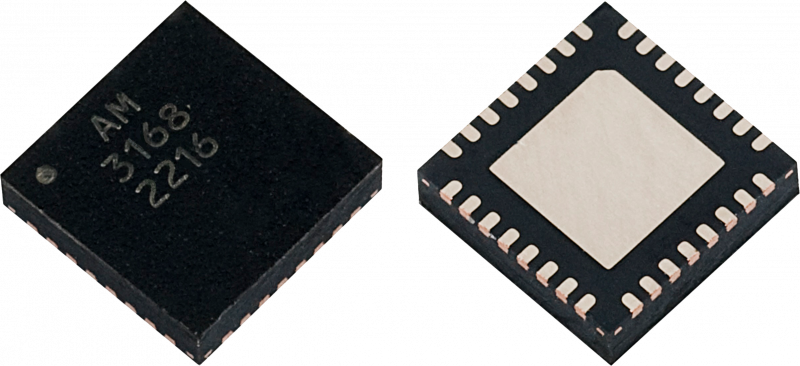
MMIC Filters
MMIC EMI, band stop, band-pass, low-pass, and high-pass filters, including digitally tunable models.
View Products
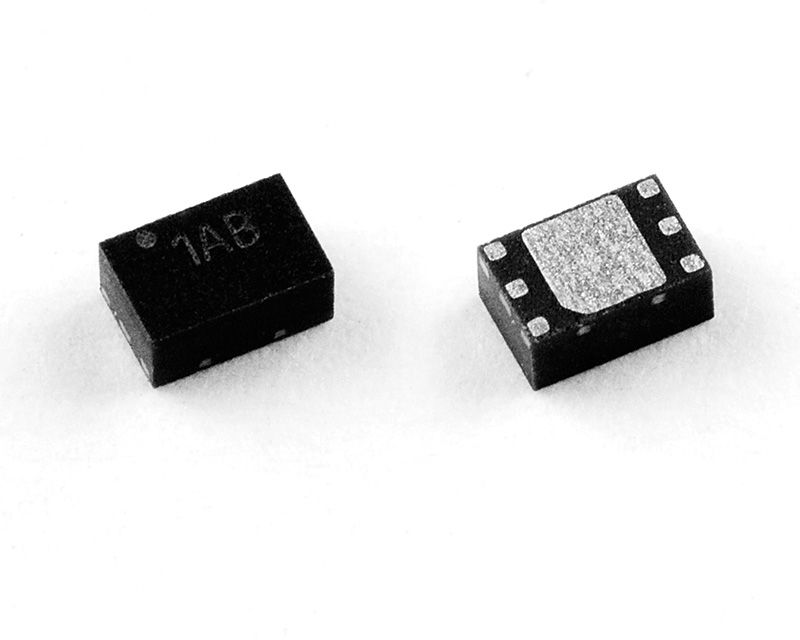
MMIC Splitters/Couplers
Broadband splitters/combiners and couplers in a compact PCB form factor.
View Products
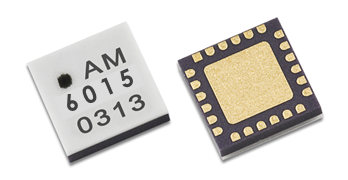
MMIC Switches
SPDT, SP4T, SP6T, and SP8T Switches in 3 mm and 4 mm QFN.
View Products
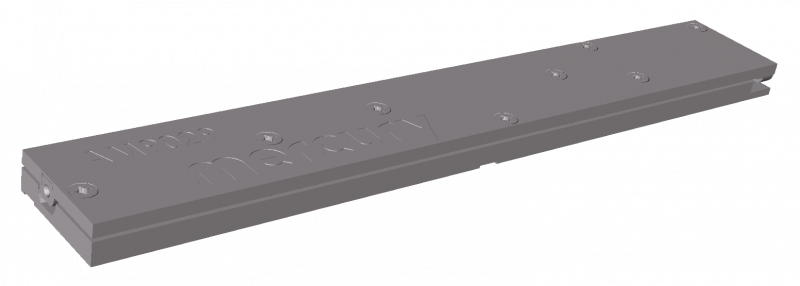
Mini Tuner Modules
Mercury's portfolio of mini tuner modules are fully integrated, wideband, high dynamic range…
View Products
See RF Products from IMS 2024
Brian Fitzgerald, Director of Engineering, explains RF tuners and downconverters, digital signal processing cards, and direct RF chiplets at IMS 2024 in this video.
RELATED PRODUCTS
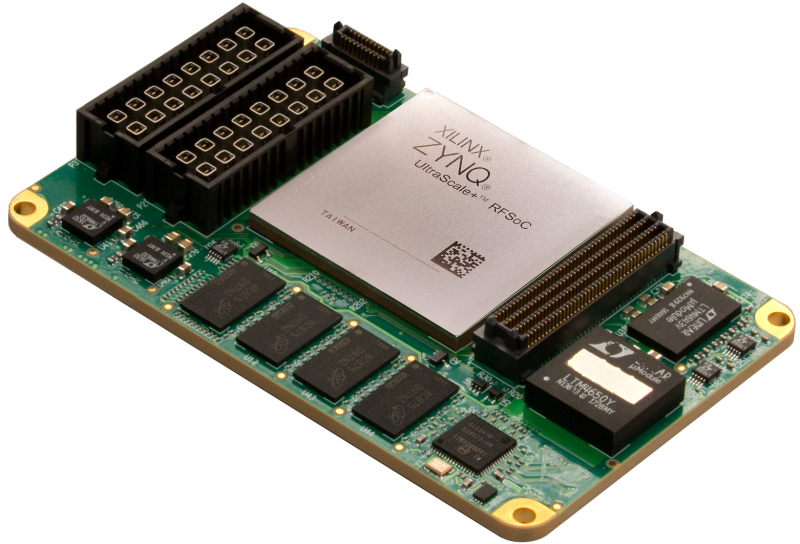
FPGA, A/D & D/A Boards
Direct RF conversion with FPGA processing leveraging high-speed ADC, DAC and FPGA devices
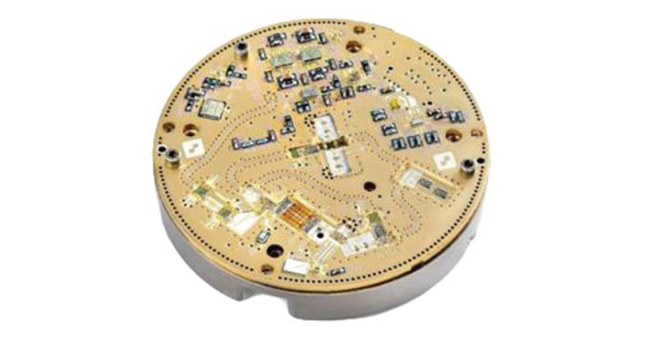
Custom IMA Solutions
Fully customized RF and microwave solutions, designed to spec for the harshest environments

System-in-Package and Multi-Chip Modules
Flexible chiplet design with the latest commercially developed silicon to speed signal processing.
Monolithic Microwave Integrated Circuits (MMICs) are compact microwave circuits that integrate passive and active components onto a single semiconductor substrate. They are used for high-frequency applications such as radar systems, wireless and satellite communications, radio frequency (RF) systems, and electronic warfare as they deliver exceptional performance in handling microwave and millimeter-wave frequencies.
MMICs offer several advantages over traditional microwave circuits, including their small size, lightweight nature, and enhanced reliability because components are integrated onto a single chip. Their compact design minimizes signal loss and improves system integration. They also exhibit better performance consistency due to the precision of the fabrication process and are cost-efficient for mass production.
Gallium arsenide (GaAs) and gallium nitride (GaN) are some materials for MMIC components. GaAs has high electron mobility and excellent performance at high frequencies, while GaN is valued for its high-power density, efficiency, and ability to operate at higher voltages. Silicon (Si) is also used in some MMICs for lower frequencies because of its low cost and mature fabrication technologies.
Key components of a MMIC include transistors (active devices for amplification and signal processing), resistors, capacitors, and inductors (passive devices for signal conditioning and impedance matching). Additional components can include filters, mixers, and oscillators, which support tasks such as frequency conversion and signal generation.
MMICs commonly integrate low-noise amplifiers (LNAs) for minimal signal degradation and power amplifiers (PAs) to boost signal strength for transmission. These amplifiers are essential for high-frequency applications where signal clarity and strength are critical.

